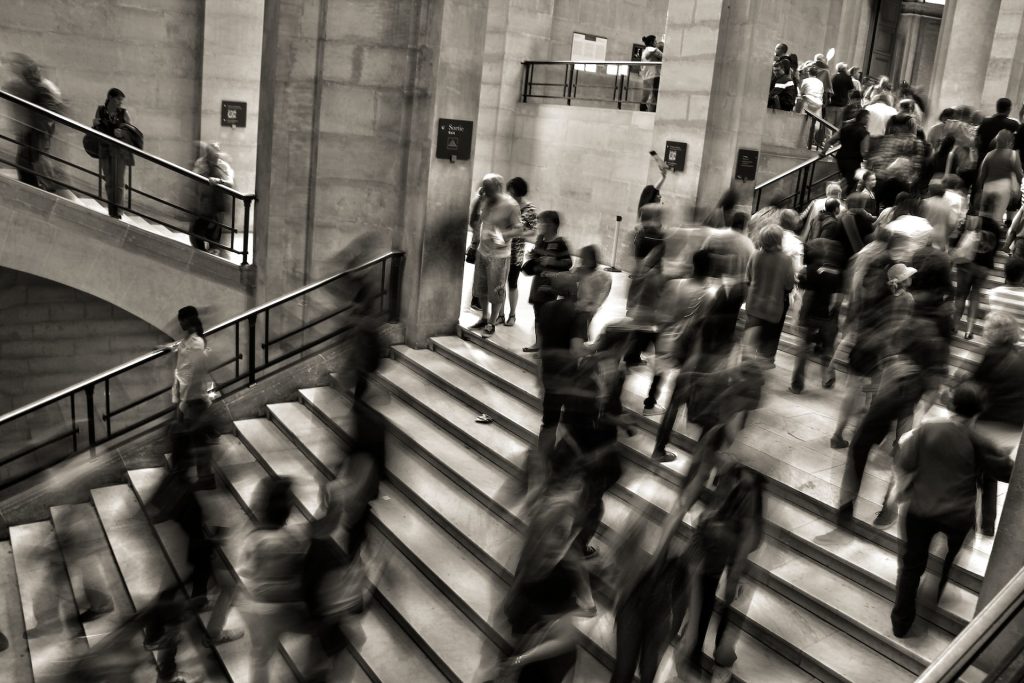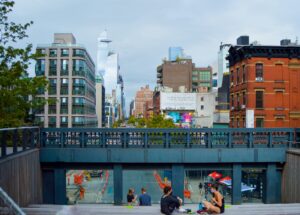This issue of Harvard Design Magazine was born out of deep concerns for the status of our shared commonwealth in the wake of the multiple political controversies and social crises of the past two decades. As educators, scholars, and practitioners in a school focused on the design of the built environment—through urban design, planning, landscape architecture, and architecture—we are motivated by the very idea of the public. We are inspired by what it enables in the lives of individuals and their communities; by the spaces, places, and the objects it provokes and produces; by the systems and ecosystems from which it emanates; by the fights it arouses; by the aspirations it seeds in the imagination; and by the loss we collectively feel when it comes under threat. With this issue we want readers to think about the territoriality, the physicality, and the materiality of the public, and to grasp and comprehend where it is and where it is not in today’s deeply divided world.
As a concept, “public” is easy to understand but not easy to define. In one sense, it is everywhere: public streets, public health, public parks, public transportation, public libraries, public schools, public security. Yet broad accessibility and availability of all things necessary for basic sustenance—medicine, education, connectivity, opportunity, shelter, clean air, and water—require sustained effort, processes, and politics. We must think about publics in the same way.
Read the issue on Harvard Design Magazine
Authors: Anita Berrizbeitia and Diane E. Davis
Recommended by Luisa Bravo











More Stories
A Blueprint for Public Realm Leadership
How do public spaces strengthen local economies? Here are 4 ways.
Greece Makes Hundreds of Beaches Wheelchair-friendly